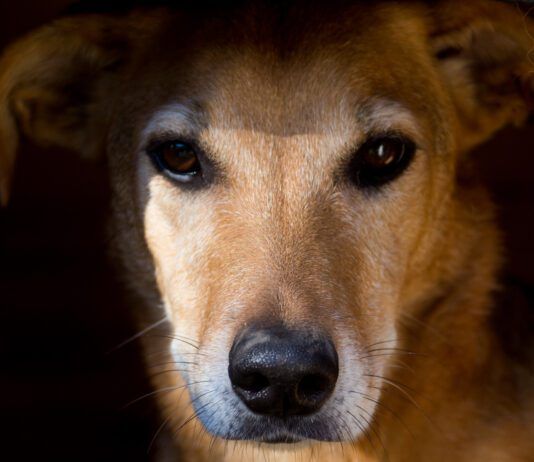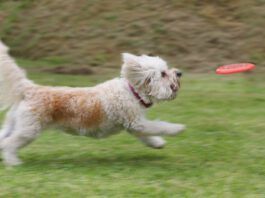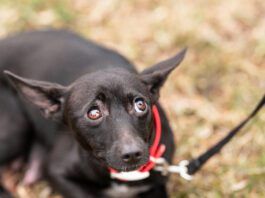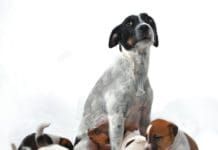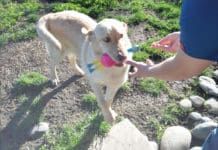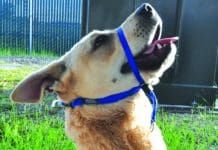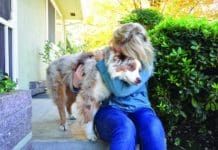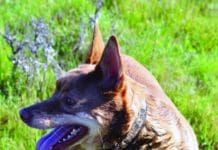How a Mother’s Stress Can Influence Unborn Puppies
Can a highly stressful environment during pregnancy affect how puppies turn out? Imagine this: A young dog goes stray and lives on urban streets for two months, in almost constant fear. Kids chase her down a street, throwing rocks at her; she is attacked by another dog; and she struggles every day to scavenge enough to eat. At last she is apprehended by an animal control officer and brought to a shelter. Here she finally gets enough to eat, but she's still not able to relax; the shelter is full of strange smells and loud noises, her run is small, and the floor is hard. After she's been at the shelter for a few weeks, a shelter staff member realizes that she is pregnant and due very soon. The shelter puts her on the waiting list for a foster home, knowing that puppies don't do well when they grow up in shelters.
Ways to Combat Your Dog’s Indoor Urine-Marking
I can still remember the day, more than a decade ago, when I first realized with horror that our Scottish Terrier, Dubhy (pronounced Duffy")
When to See a Vet and When to See a Trainer
or gradually becomes uncharacteristically undesirable."
5 Things To Do If Your Dog Snaps at a Guest
If you've never had to deal with that alarming moment when your beloved dog snaps at a guest in your home, you are fortunate. I hope you never do. But just in case, it's good to know that, first, you're not alone lots of dogs have snapped at guests in their homes (or worse!). Second, it's not the end of the world; it doesn't mean you need to euthanize your dog and it doesn't mean your dog will inevitably maul someone. It is, however, an important heads-up for you. How you handle the situation can often determine if your dog's aggression toward visitors escalates or diminishes. So if it happens, here's what you need to do:
Help Your Dog Learn Self Control
so the behavior never gets rewarded or reinforced.üDoes your dog jump
How to Catch a Dog on the Loose
but most will send an officer right away if the dog is contained."
Trading With Your Dog to Combat Resource Guarding
It's important to be able to ask your dog to give something to you, especially something he is not supposed to have, and especially if you're frequenting public places where he might pick something that belongs to someone else or that might be harmful to him. If you only take things away that are forbidden to him, he'll learn to play the keep-away game, or worse, he may learn to resource-guard. The trade" game will help you avoid these problems."
How Dogs Interpret Your Body Language
People who work successfully with dogs either have good instincts about how to interact with them, or they learn quickly. There is a real art to using body language to help a dog feel at ease with your presence. The most competent professionals make training look almost effortless, because all the messages they convey to their canine pupils are calm, clear, and consistent and that means both the cues and rewards they use consciously, and the posture and movements they use without thinking.
7 Separation Anxiety Myths
As a canine behavior specialist, I've seen my share of dogs over the years who suffered from separation anxiety. The vast majority of my clients have been able to modify their dog's distress when left alone, and I felt confident in my knowledge of the issue. Then my husband and I adopted a two-year-old Husky-mix from our local shelter, and everything changed.
Peacekeeping Among Cats and Dogs
It's fairly common for dogs to be placed for adoption with a caveat that there should be no cats
How to Deal with a Dog Who Eats Poop
Most of us find a dog's habit of eating feces to be the most disgusting thing that a dog can do. The clinical name for this behavior is coprophagy (pronounced kä - prä - fey - je), from the Greek words copro, which means feces, and phagy, which means eat. The habit is not just revolting to us humans, it's also potentially harmful to the dog's health.


